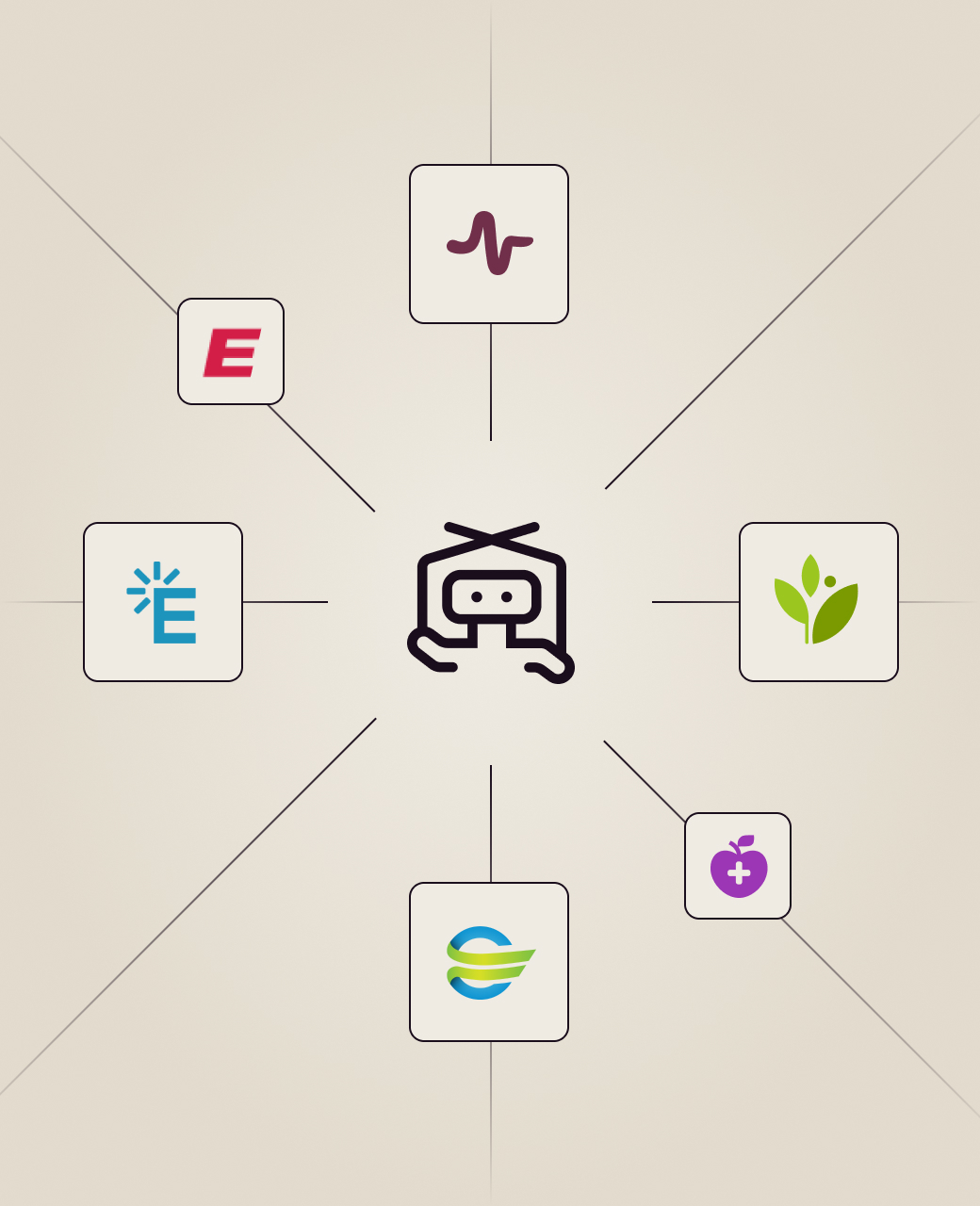AI Agents must fit into your existing systems.
Puppeteer AI integrates with your EHR or CRM through secure, API-based connections, so your workflows stay intact, your team stays focused, and your AI agents start delivering value from day one.


Integrated into your EHR
Why Integrations Matter in Healthcare AI
Disconnected systems slow things down. In healthcare, that can mean missed details or delayed care. That’s why Puppeteer agents are designed to plug into your existing tools and workflows—no overhauls, no headaches. Just secure, seamless integration that works the way your team already does.










Seamless Integration by Design
A streamlined process to bring intelligent, patient-ready automation into your clinical workflow. Frictionless, fully supported, and custom-built by a world-class team.
01
EHR Integrations

02
CRM Integrations

03
Calendars

Real Usecases, Real Results
See how healthcare teams use Puppeteer AI to automate patient conversations, reduce workload, and deliver better care, from intake to reactivation.
Built on trust. Backed by transparency.
Learn how Puppeteer AI keeps your data secure, your systems compliant, and your operations running reliably
Frequently Asked Questions
Puppeteer is compliant with HIPAA and PIPEDA standards, ensuring patient data remains secure and confidential.
Absolutely! Puppeteer includes a dashboard with real-time metrics, allowing you to track patient engagement, monitor flagged cases, view data from connected medical devices, and generate custom reports for operational insights.
Yes. Puppeteer adapts to your clinic’s specialties and workflows, whether you operate a telehealth platform, in-person clinic, or hybrid model.
Yes, Puppeteer provides a detailed interface where you can review all agent-patient interactions. This ensures transparency and allows you to track communication quality and effectiveness.
If the platform detects critical issues—such as abnormal readings from medical devices or concerning patient-reported symptoms—it automatically triggers workflows. This includes notifying care teams, initiating telehealth sessions, or scheduling urgent follow-ups to address the problem promptly.
Still have questions?
We're a message away!






